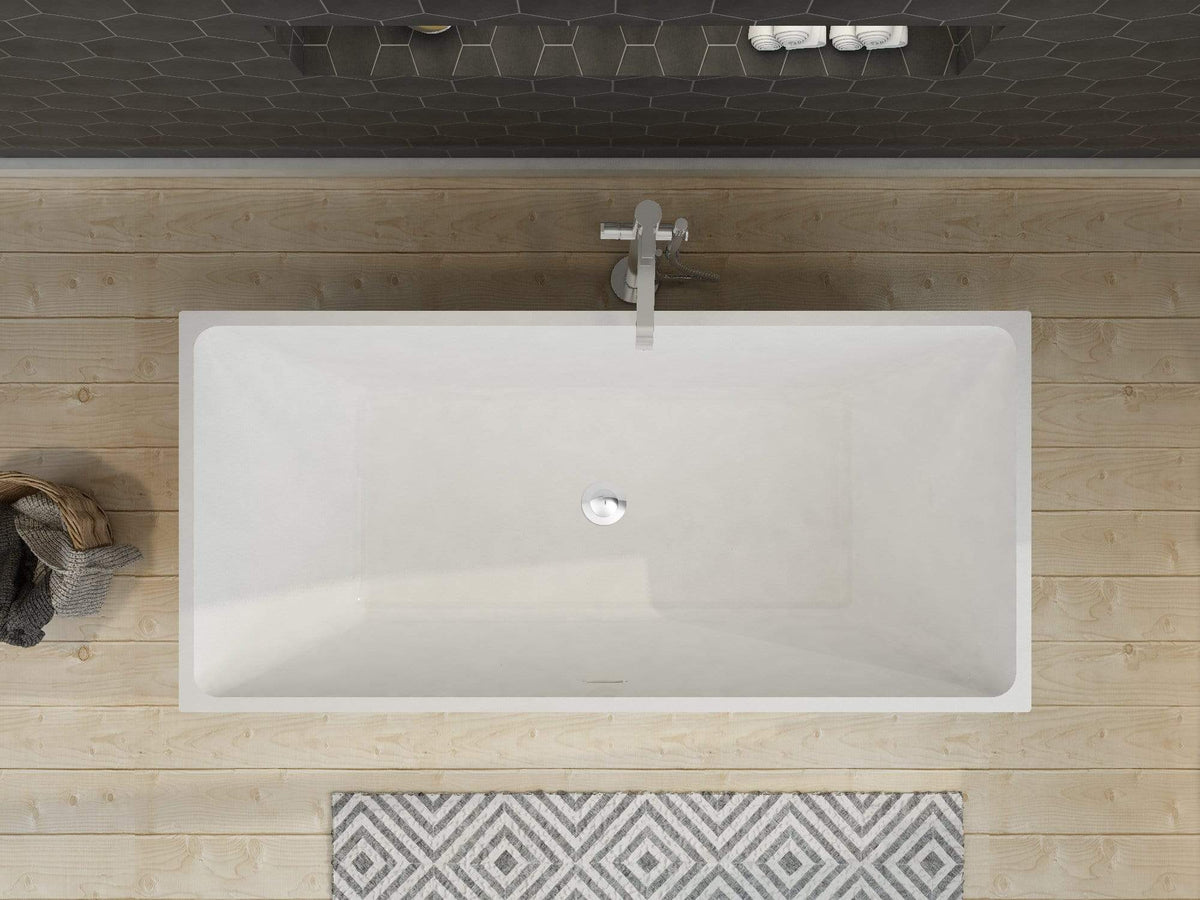When we think of the humble bathtub, we often associate it with relaxation, cleanliness, and rejuvenation. However, the history of bathtubs is a fascinating journey that spans centuries and continents. From ancient origins to modern innovations, the evolution of bathtubs has been a testament to human creativity and ingenuity.

Ancient Origins of Bathtubs
The concept of bathing for hygiene and ritualistic purposes dates back to ancient civilizations such as the Indus Valley, Ancient Egypt, and Ancient Greece. These early bathtubs were often made from materials like marble, copper, and even silver, showcasing the importance of bathing in these societies. The Romans, in particular, are renowned for their elaborate public bathhouses, complete with hot and cold baths, steam rooms, and even exercise areas. The evolution of bathtubs in these ancient cultures laid the foundation for the modern bathing experience.
The Middle Ages and Renaissance
During the Middle Ages, the practice of bathing fell out of favor in many parts of the world due to various societal and religious factors. However, the Renaissance period saw a revival of interest in personal hygiene and bathing. Wooden tubs, often portable and lined with linen or cloth, became popular among the European elite. These tubs were filled with hot water and aromatic herbs, creating a luxurious bathing experience. The evolution of bathtubs during this time reflected the changing attitudes towards cleanliness and self-care.
Industrial Revolution and Modern Innovations
The Industrial Revolution brought about significant advancements in bathtub design and production. Cast iron and porcelain tubs became more common, and the introduction of indoor plumbing made bathing more accessible to the general population. The late 19th and early 20th centuries saw the emergence of clawfoot tubs, which became a symbol of luxury and sophistication in many households. Fast forward to the present day, and we are witnessing a new era of innovation in bathtub design. From sleek, minimalist freestanding tubs to high-tech whirlpool and air tubs, the options for modern consumers are diverse and cutting-edge. The evolution of bathtubs continues to be driven by advancements in materials, technology, and consumer preferences.
Environmental Considerations and Future Trends
As we explore the evolution of bathtubs, it's essential to consider the environmental impact of our bathing habits. With growing concerns about water conservation and sustainability, manufacturers are developing eco-friendly tubs that minimize water usage without compromising the bathing experience. Additionally, the integration of smart technology in bathtubs is shaping the future of bathing, with features like self-cleaning surfaces, temperature control, and aromatherapy options. The evolution of bathtubs is not only about aesthetics and functionality but also about promoting sustainability and wellness.
In conclusion, the evolution of bathtubs from ancient origins to modern innovations is a testament to human civilization's progress and changing attitudes towards hygiene, relaxation, and self-care. As we continue to explore the evolution of bathtubs, it's clear that this everyday fixture will remain a symbol of comfort and indulgence, while also adapting to meet the needs of a rapidly changing world.







